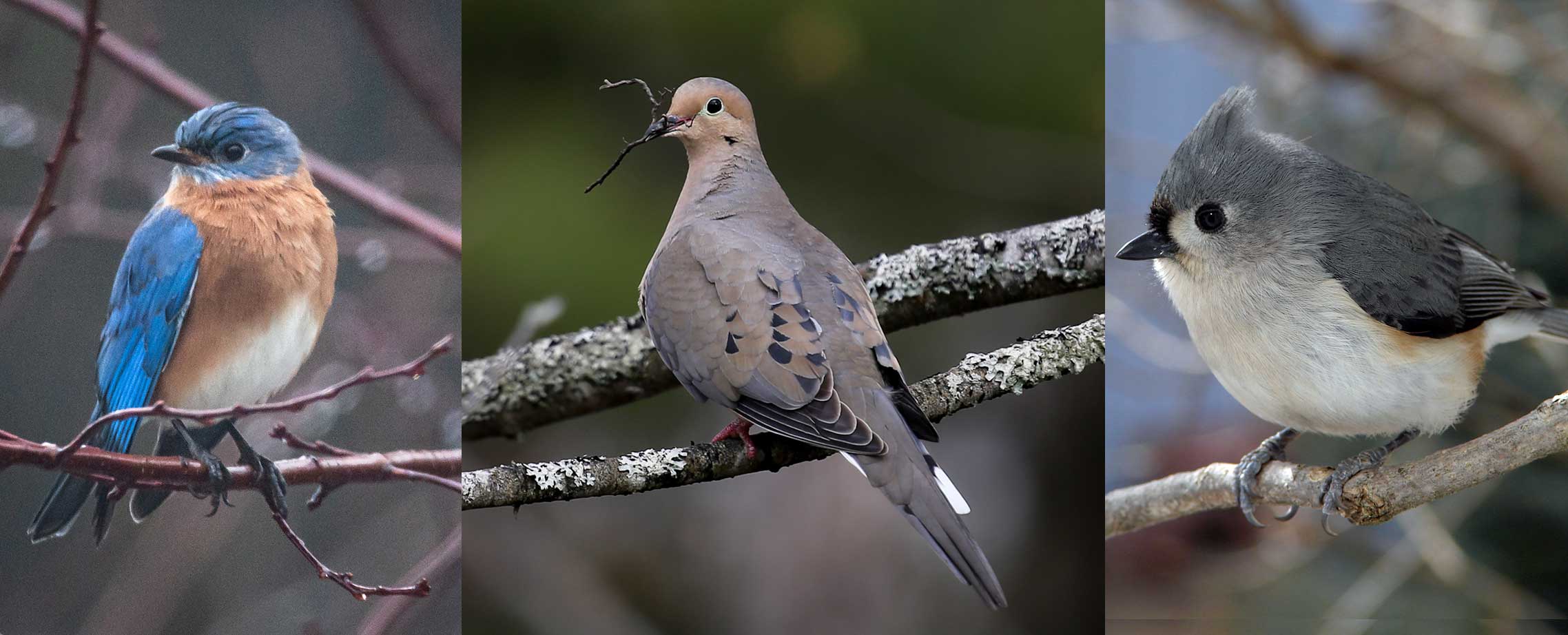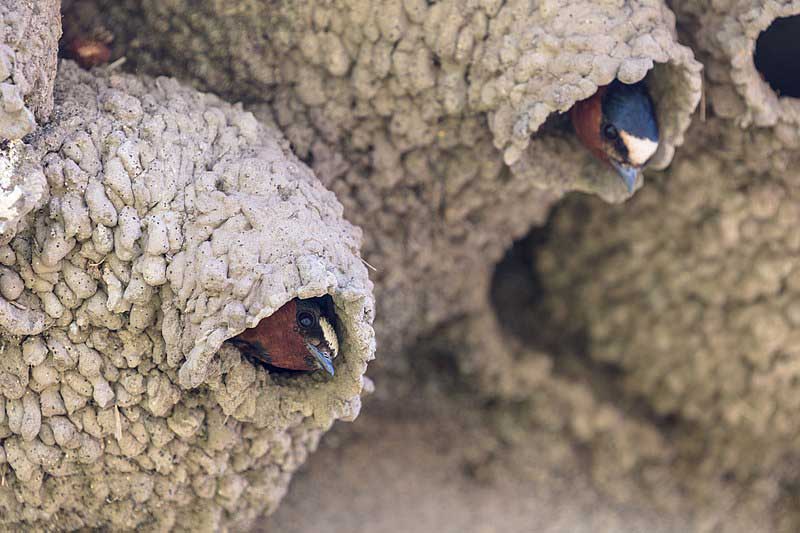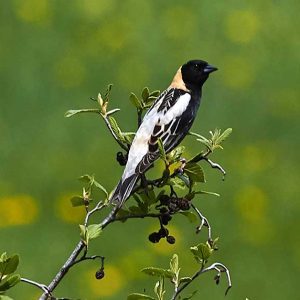Turn to any media outlet and you’re bound to hear news about the economy. As the countdown to November continues, we suspect this will intensify. Inflation, interest rates, GDP, stock indices, bond returns—it’s gonna keep coming at us fast and furiously.
But what we won’t hear much about, at least from traditional news outlets, is the “bird economy.” This is a shame, because birds need media champions the same way job growth and interest rates do.
Just as economists are challenged to justify their responses to questions about the status of the economy, we’re often asked by people, “How are the birds doing?”
By now we trust you’ve heard the grim statistic that there are nearly three billion fewer breeding birds in the U.S. and Canada today compared to 1970. We’re not economists, but if you think of that stat as the equivalent of a nation’s Gross Domestic Product (GDP)—well, a drop that large in the total number of birds in the U.S. and Canada is just as alarming as would be such a drop in a country’s GDP.
Thankfully, not all populations of all bird species are declining. We’ve written previously in our monthly blog for the Natural Resources Council of Maine and elsewhere about how, here in Maine, there are many more Wild Turkeys today than there were in the 1970s. Same is true for Tufted Titmice, Northern Cardinals, and other species.
Sometimes it seems we spot a Bald Eagle every time we step outside. A few decades ago, we would have had to have gone on a dedicated search to locate one. And there are many other examples of bird species that are on the rise.

Breeding Bird Surveys indicate that Eastern Bluebird, Mourning Dove, and Tufted Titmouse are among the bird species showing statistically significant increases in populations. (Birds, from L to R: Eastern Bluebird, by Ted Anderson; Mourning Dove, by David Small; Tufted Titmouse, by Beth Comeau)
Analyses of the results of Breeding Bird Surveys—the best methodology currently available to assess breeding bird trends—indicate that at least 27 species have shown statistically significant increase in numbers since 1966. This includes Pine Warbler, Mourning Dove, Mallard, Osprey, and Eastern Bluebird—birds we all love to see.
Unfortunately, the flip side is that more than twice as many species (62) have shown a significant decrease in numbers over that same time period. Do you remember the hordes of Cliff Swallows that used to nest under the eaves of barns and other buildings across Maine’s Midcoast region? We remember seeing them under the eave of the tower at Pemaquid Point—always a delight! We’ll bet you haven’t seen Cliff Swallows nesting in the area in years.

The authors remember when Cliff Swallows used to build nests under the eaves of Pemaquid Light. Today, breeding Cliff Swallows are all but impossible to find. (Photo credit: National Park Service/Jason Frank)
On our way to and from the coast, we pass an old road called Whip-poor-will Lane. Roads thus named are commonplace around Maine, so called for the hauntingly beautiful song of the bird that at one time was easily heard along those roads. Sadly, Eastern Whip-poor-will numbers have, to borrow the language of an economist, crashed, a long time ago.
Even bird species we continue to take for granted, like Barn Swallow, Great Black-backed Gull, and Herring Gull, have shown major declines in numbers.

Just as financial analysts look at different stock market indicators, grouping bird species by characteristics can provide insight into the bird economy. Grasslands like Eastern Meadowlark and Bobolink are among the groups in which the highest proportion of species are declining. (Bobolink, by Pam Wells)
Just as financial analysts look at different stock market indicators—S&P 500, Dow Jones, Nasdaq—we can group bird species by different characteristics to try to better understand the trends in the bird economy. Birds that breed in grasslands and scrublands are among the groups in which the highest proportion of species are declining. Eastern Meadowlark, Bobolink, Brown Thrasher, and Field Sparrow are getting harder and harder to find.
Bird species that catch insects in the air (known as aerial insectivores and include swallows, flycatchers, nightjars, and chimney swifts) are also one of the groups with the most declining species. And while more than 50% of forest-inhabiting birds in Maine are also declining, that percentage is much lower than in grassland and scrubland bird species as well as the aerial insectivores.
So how are the birds doing? As we’ve skimmed over a few ways to assess the “bird economy,” you can see that there are many intricacies to answering the question. The overall trend, though, is that more bird populations are declining than increasing. That’s not a positive indicator for the birds and the environment that we all depend on for our lives.
The next time you hear news about the economy, consider the bird economy. Both economies should be taken into account as the news cycle grinds toward November.
— by Jeff and Allison Wells
Banner photo: Eastern Meadowlark (USFWS)











Leave a Reply